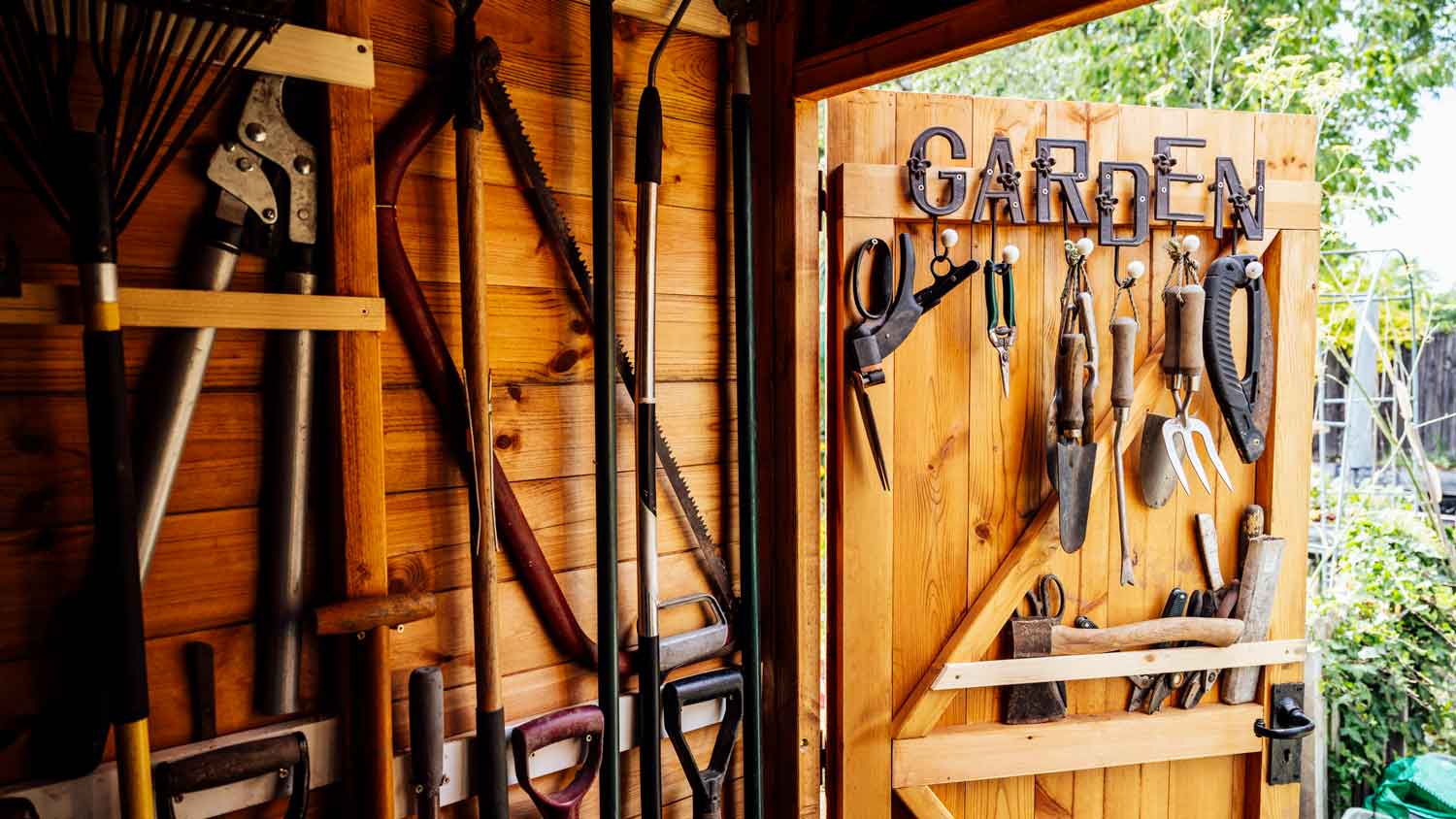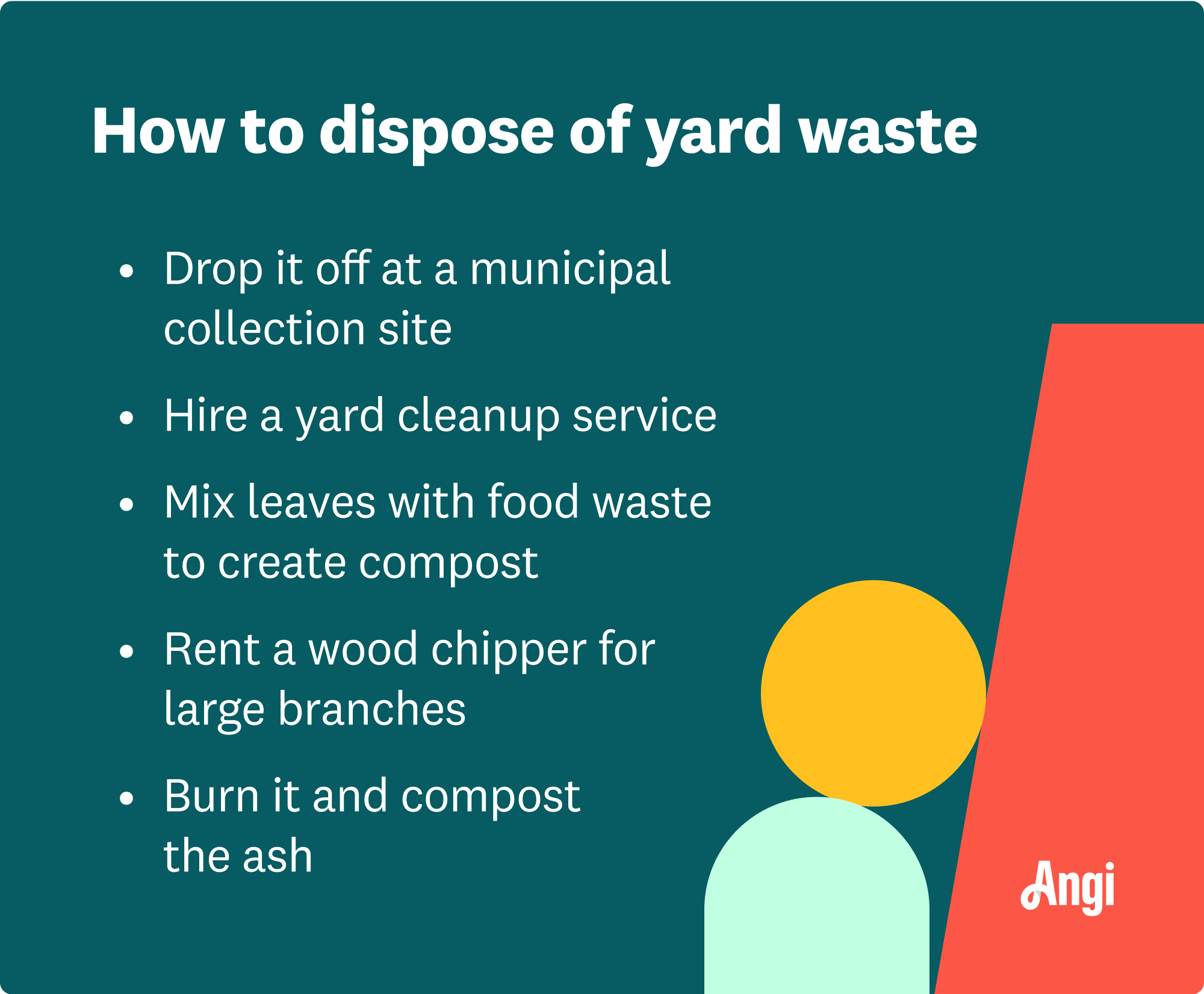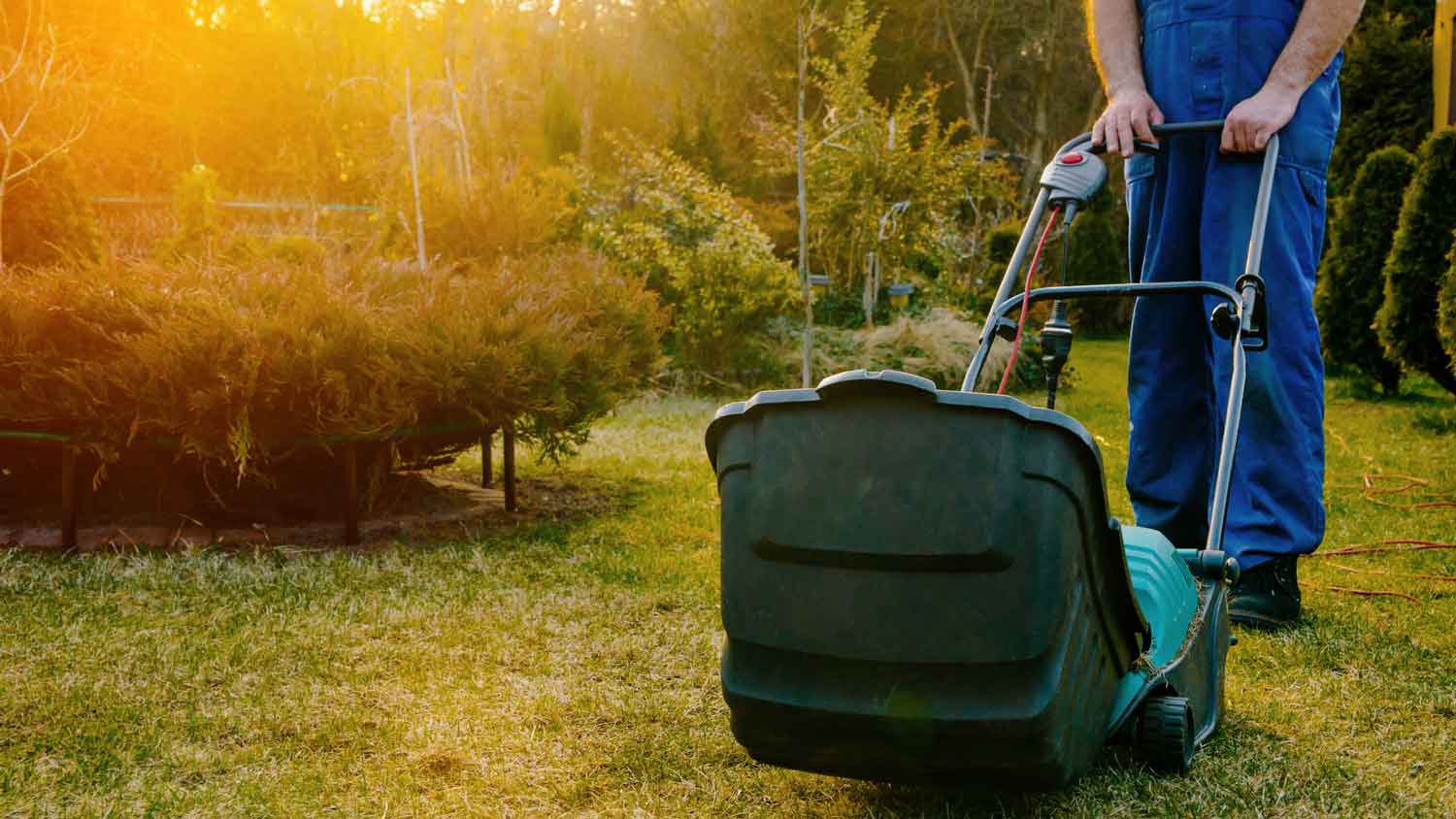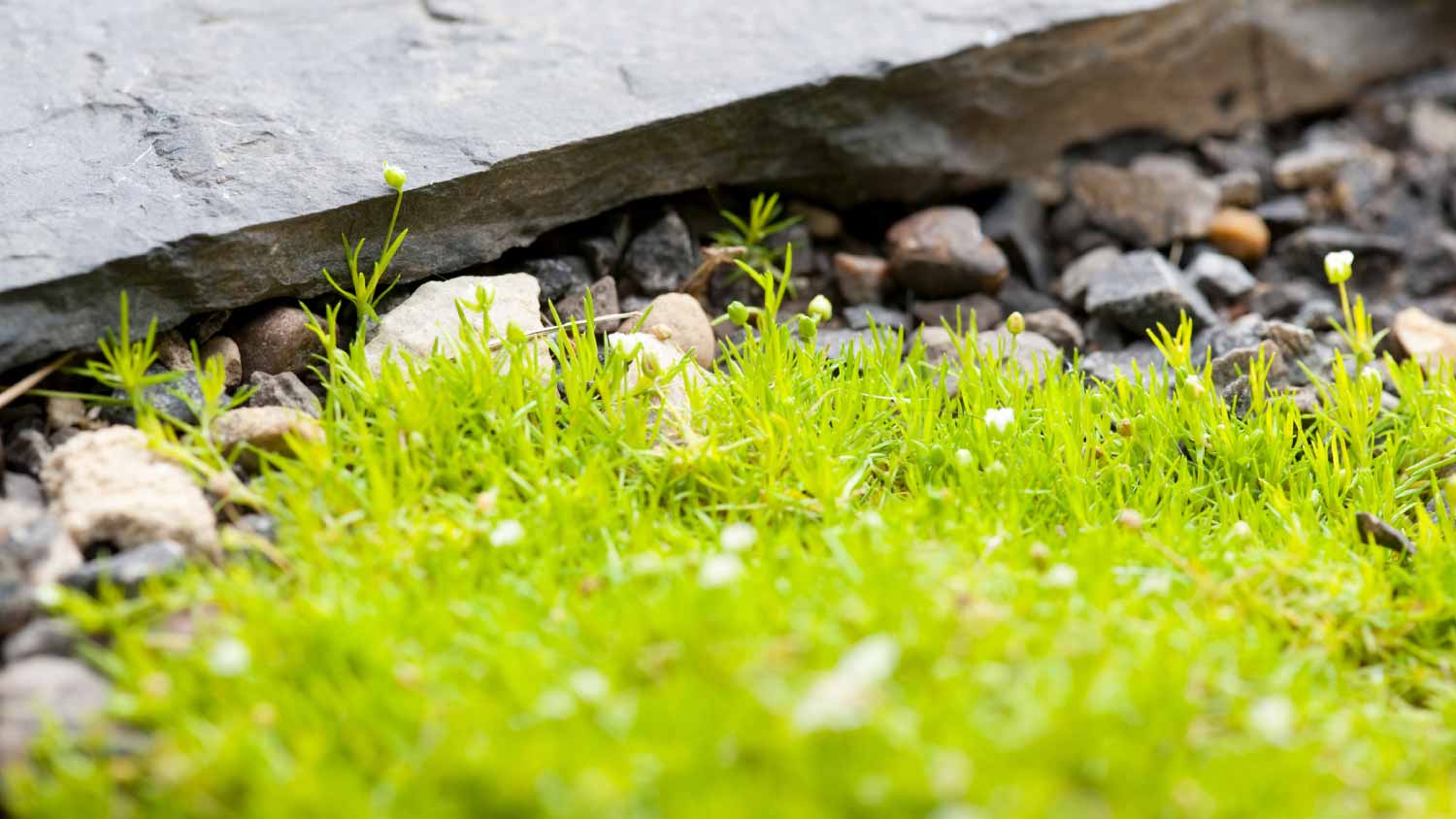5 Tips for Maximizing Your Fall Yard Cleanup
A little preventative maintenance can go a long way


Cleaning up your yard in the fall involves more than just raking leaves and calling it a day. Taking time for a thorough cleanup when the weather starts to turn colder can make your fall and winter maintenance easier in the long run. And unless you’re interested in hiring a local yard clean-up service, you want to be sure your hard work is as efficient as possible. Knowing where to start and having a plan set out from the beginning is vital to a successful project. Follow these five handy tips to make your fall yard cleanup a breeze.
1. Take Care of Your Tools

Like any other project, fall yard cleanup begins with your tools. Some of the most vital pieces of equipment include trimmers, shears, your mower, and a garden saw. These tools will help you cut back excess foliage and maintain a well-manicured garden.
However, they can’t help you much if they are dull, rusty, or broken. You should perform maintenance on them in the fall to repair any damage done during their active summer months and to prepare them for the coming winter storage.
When winter comes, your yard tools will spend a significant amount of time sitting in your shed or garage as your attention shifts from tending to your greenery toward snow removal. Preventative maintenance will cut down on the amount of work you’ll need to do in the spring to get your tools back up to par.
Fall yard tool care can be as simple as sharpening your blades, thoroughly cleaning them, and applying a light coat of oil to prevent rust from forming. It’s especially important to perform these steps just before you put your tools away for the winter season. The less tune-up work you have to do in the spring, the sooner you can get to regrowing your plants.
2. Turn Fallen Leaves Into Mulch
It doesn’t feel like autumn without leaves dropping from tree branches and leaving an orange and red mosaic on your lawn. It’s beautiful to look at, but you may not want a carpet of leaves sitting around for snow to cover and smother your grass or garden. In addition, leaves and branches serve as breeding grounds for numerous pests that will destroy an otherwise healthy yard.
You’ll have to rake or mulch fallen leaves to deal with them before they become a problem. By mulching leaves, you will do more than clear your yard of debris, and there’ll be no need to spend a bunch of time bagging. A layer of mulch will reintroduce essential nutrients, prevent soil erosion, and even suppress weed growth. Plus, natural mulch solutions like shredded leaves and grass clippings are far more inexpensive than commercial options.
Other options for getting rid of yard waste like fallen leaves include:

3. Aerate Your Lawn

Over time, the soil under your lawn will become compacted by everyday foot traffic, rain, and natural settling. When snow falls in winter, it sits on top of the compacted soil and partially freezes it, turning it into a near-solid layer through which no moisture can pass. A lack of moisture is bad for any living thing, grass included.
Aerating your lawn will break up compacted soil and layers of dead, flattened grass known as thatch. Without this dense layer of material covering them, the roots will receive the nutrients and hydration they need to survive the winter and bounce back in the spring. But, more to the point, you’ll end up with less dead grass to add to your list of yard maintenance.
If you have a small yard, you can perform aeration with a garden fork or a pair of specialized shoes with spikes built into the soles. For larger yards, purchasing a walk-behind aerator, which functions similarly to a lawn mower, may be more prudent. Some companies will allow you to rent an aerator if you don’t plan to use one very often.
4. Trim Back Tree Branches
Eliminating potentially hazardous tree branches is something you should heavily consider doing before winter. Rain and snow can place excess weight on dying tree limbs, causing them to fall into your yard and contributing to the mess left by fallen leaves and other debris. Just be sure you know how to dispose of tree branches efficiently.
Cut any cracked, damaged, or diseased tree limbs as close to the trunk as possible. Cutting close to the tree’s core will expose any wounds left by the dying wood and give them the best chance to heal. Trimming these branches early means you’ll have fewer fallen leaves to clean up throughout the season and allow the trees to come back greener and stronger in the spring.
5. Clean Your Gutters

It can be easy to forget that your gutters are an essential part of keeping your yard clean and healthy. When fall comes around, those leaves don’t just land all over your grass, garden, and driveway. They can also blow onto your roof, ending up in your gutters, clogging them, and causing backflows of water during rainy or snowy winter days.
Take the time to remove leaves, twigs, branches, and other debris from your gutters. You can do it yourself if you have a sturdy ladder and the desire to perform this task on your own. Alternatively, local gutter cleaning services will take care of the job, leaving you free to focus on other areas.




















